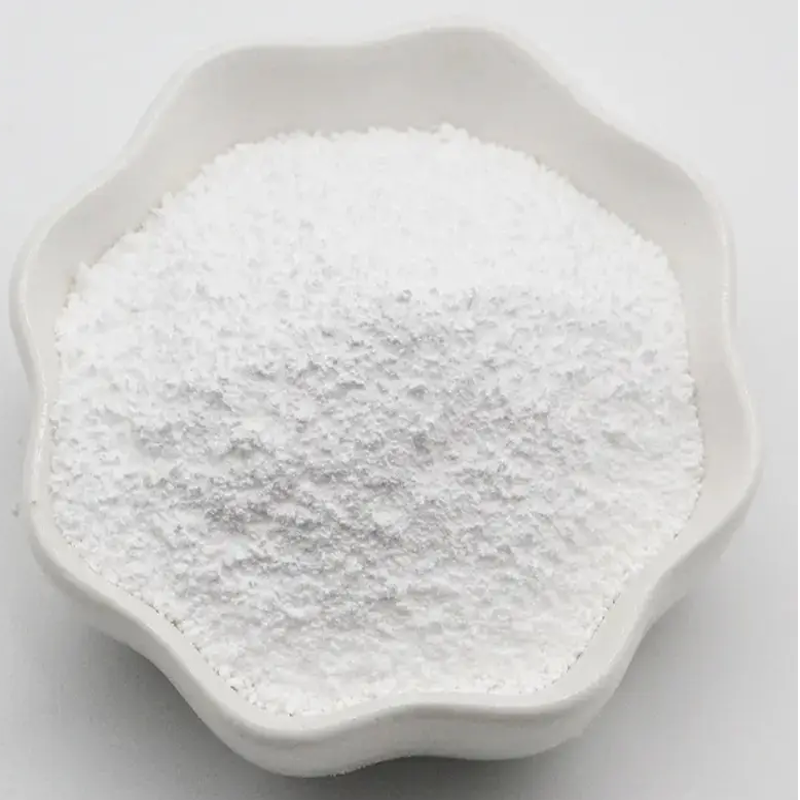1 case 39 years ago skull repair patients were infected with implants caused by bee stings
-
Last Update: 2020-06-28
-
Source: Internet
-
Author: User
Search more information of high quality chemicals, good prices and reliable suppliers, visit
www.echemi.com
Ref:Maugeri R,et al.S Neurourg Int.
2017 Aug 10;8:189doi: 10.4103/sni.sni_68_17eCollection 2017: decombe decompression (Decompressive Cranitomy) is a common treatment for reducing intracranial pressuredecombe decompression ( DC)After intracranial pressure control, most patients should be given stage II skull repair to protect the brain, restore normal brain hemodynamicsHowever, craniofacial repair may involve surgical complications, of which incision infection is one of the most common complications, with an incidence rate of 5.8%-16%, mostly in the 3-10 months after craniofacial repair, and late infection is extremely rareRosario Maugeri of the University of Palermo School of Medicine in Italy, a group of patients who contracted infections 39 years after a skull repair, was published in August 2017 in Surg Neurol Inta 48-year-old male patient who was admitted to hospital for 1 week with a skin fistula swollen due to pain in the right foreheadAt the age of nine, he underwent surgery for the frontal skull as a result of severe brain trauma and had no complications in the 39 years since the operation1 week ago the forehead was stung by wasps after the appearance of soft tissue swelling, elevated body temperature accompanied by local pain, laboratory tests and CT scans to indicate implant infectionAfter admission to the hospital, vancomycin 1g/q12h, cephalosporine 2g/q12h to control infection; Postoperative bacterial culture is a Staphylococcus aureus infection, and cephalosporine and linamine were treated for 7 days and discharged after infection controlFigure 1aswelling of the scalp of the forehead with purulent fistula; b, cremoval of implants for cleanandfort and infection during surgery; and duse artificial meninges to cover bone defectsthe authors note that the most common complication of craniofacial repair is implant infection, which usually occurs between March and October after surgeryHowever, it should not be ignored that implant infection may occur after many years, which can be induced by accidents(Second Hospital affiliated with Zhejiang University Medical College
TMCcompiled, Liu Chonghong,of the First People's Hospital in Changshu City, Jiangsu Province,review, editor-in-chief of "Outside Information", Fudan University affiliated Huashan HospitalChenProfessorCity) related links
This article is an English version of an article which is originally in the Chinese language on echemi.com and is provided for information purposes only.
This website makes no representation or warranty of any kind, either expressed or implied, as to the accuracy, completeness ownership or reliability of
the article or any translations thereof. If you have any concerns or complaints relating to the article, please send an email, providing a detailed
description of the concern or complaint, to
service@echemi.com. A staff member will contact you within 5 working days. Once verified, infringing content
will be removed immediately.







